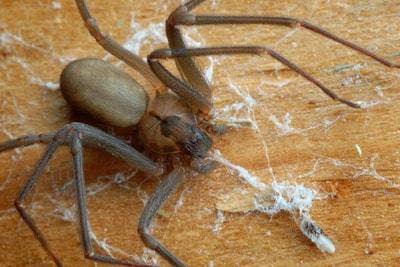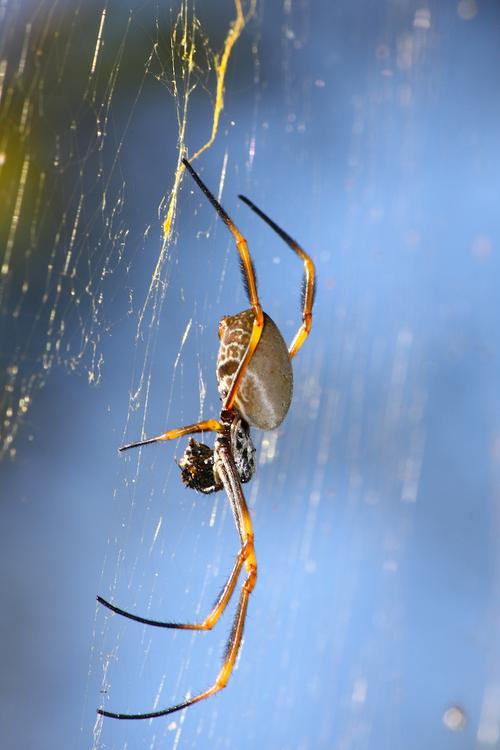
Brown Recluse Spider Bite Stages: A Detailed Look
Understanding the stages of a brown recluse spider bite can be crucial in determining the appropriate treatment and managing the symptoms. The brown recluse spider, also known as the fiddleback spider, is native to the southeastern United States and parts of Central and South America. While these spiders are not aggressive, their bites can cause severe reactions in some individuals. Let’s delve into the various stages of a brown recluse spider bite, accompanied by photos to help you visualize the process.
Immediate Bite
The first stage of a brown recluse spider bite is the actual bite itself. This occurs when the spider’s venom is injected into the skin. The bite is usually painless at first, and many people may not even realize they’ve been bitten. The bite mark is often small and may not be noticeable right away. In some cases, it may resemble a mosquito bite.

| Immediate Bite Characteristics | Description |
|---|---|
| Bite Mark | Small, may resemble a mosquito bite |
| Pain | Painless at first |
| Swelling | Minimal, if any |
Initial Reaction
After the bite, the venom begins to work its way through the bloodstream. This can lead to an initial reaction that may include localized pain, itching, and redness around the bite area. The reaction can vary from person to person, with some experiencing no symptoms at all.
Photos of this stage often show a red, inflamed area around the bite mark. The skin may appear slightly raised, and there may be a small amount of swelling. It’s important to note that the initial reaction can be mild and may go unnoticed by the person bitten.
Wound Development
As the venom continues to spread, the wound may begin to change. This stage can last for several days to a few weeks. During this time, the bite area may become increasingly red and inflamed. The skin may also become necrotic, which means it will turn dark and die. This is a serious concern, as necrotic tissue can lead to infection and further complications.
| Wound Development Characteristics | Description |
|---|---|
| Redness and Inflammation | Increased redness and swelling around the bite area |
| Necrosis | Dark, dead tissue forming around the bite area |
| Pain and Itching | Increased pain and itching in the affected area |
Healing Process
Once the venom has been neutralized and the wound has begun to heal, the bite area will start to improve. The redness and inflammation will decrease, and the necrotic tissue will be replaced by healthy skin. This stage can take several weeks to a few months, depending on the severity of the bite and the individual’s immune response.

Photos of the healing process often show a gradual improvement in the bite area. The redness and inflammation will diminish, and the necrotic tissue will be replaced by new, healthy skin. It’s important to keep the wound clean and dry during this stage to prevent infection.
Prevention and Treatment
Preventing a brown recluse spider bite is the best way to avoid the complications associated with their venom. Here are some tips to help you reduce your risk:
- Keep your home clean and clutter-free, as spiders often hide in dark, undisturbed areas.
- Inspect your clothing and bedding for spiders before wearing or using them.
- Be cautious when handling items found outdoors, such as boxes or logs.
- Keep your yard well-maintained, as this can reduce the number of spiders in your area.
In the event of a bite, it’s important to seek medical attention promptly. Treatment may include cleaning the wound, applying antibiotic ointment, and taking





